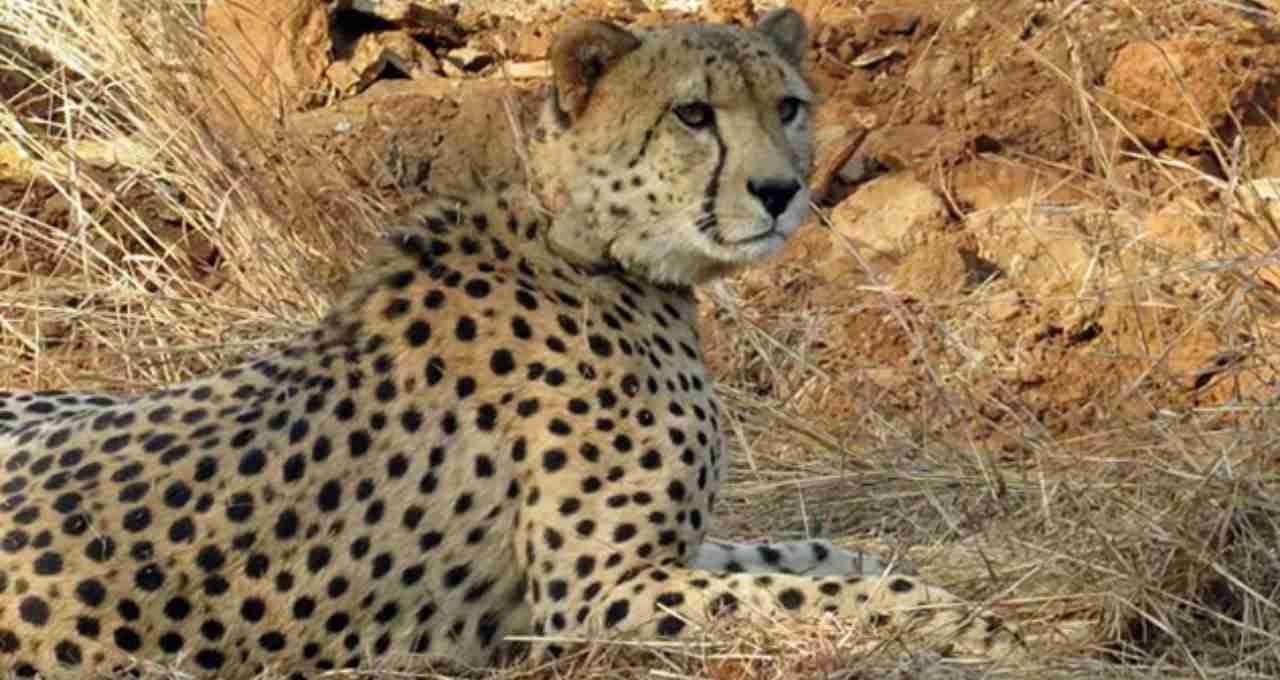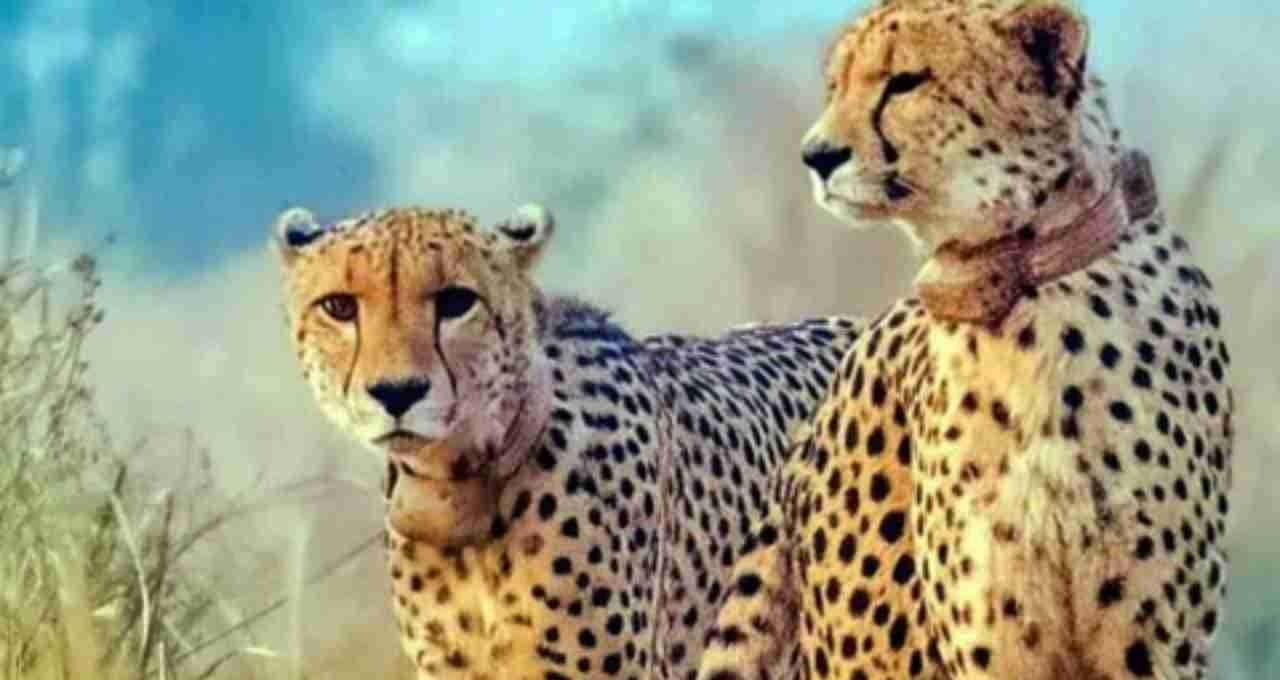Following Kuno and Gandhi Sagar, another protected habitat is being prepared in Madhya Pradesh for cheetahs. Nauradehi Wildlife Sanctuary, spanning Sagar, Damoh, and Narsimhapur districts, has been selected as the third alternative center for cheetah reintroduction. The National Tiger Conservation Authority (NTCA) has approved this decision, designating a 30-square-kilometer core area.
Why Nauradehi?
Nauradehi Sanctuary, covering approximately 1200 square kilometers, offers a suitable environment for wildlife, including open grasslands and water sources. This naturally established area already boasts a rich population of prey species such as leopards, wild boars, nilgai, and chinkara—essential components of the cheetah's food chain.
Furthermore, Nauradehi's geographical location is relatively undisturbed. Human intervention is limited, making it a safe and suitable habitat for cheetahs.
A Third New Home for Cheetahs

A joint team of NTCA experts and the Madhya Pradesh Forest Department recently conducted a site visit to assess the feasibility of cheetah reintroduction. Following the inspection, it was decided that, in the first phase, 30 square kilometers would be developed as a core area where cheetahs will be introduced. A buffer zone will also be created around this area to provide ample space for their natural behavior and hunting.
Cheetahs Brought from African Regions
As is known, cheetahs, extinct in India, were brought from Namibia and South Africa in two phases and introduced into the Kuno and Gandhi Sagar sanctuaries. While some cheetah deaths in Kuno raised concerns, the cheetahs in Gandhi Sagar have so far fared satisfactorily. Developing Nauradehi as a third location is a crucial strategic part of this project.
This will ensure that if the population in one location becomes unmanageable or faces adaptation difficulties, other centers can accommodate them.
What are the next steps?

- Environmental assessment and study of local biodiversity.
- Establishment of fencing and monitoring systems under the supervision of wildlife experts.
- Shifting potentially suitable African cheetahs after veterinary examination.
- Sensitizing local villagers to the project and enhancing community participation.
Balancing Local Development and Environmental Conservation
This project will not only promote wildlife conservation but also create new opportunities for tourism and employment in local areas. The presence of cheetahs will bring international recognition to the sanctuary, potentially transforming the area into a significant wildlife destination.
Forest experts believe that the selection of Nauradehi is a balanced and visionary decision. It could lead to long-term success in cheetah restoration. If the climate and environment here prove suitable for cheetahs, this center could become a milestone in cheetah breeding and natural habitat preservation in the coming years.













